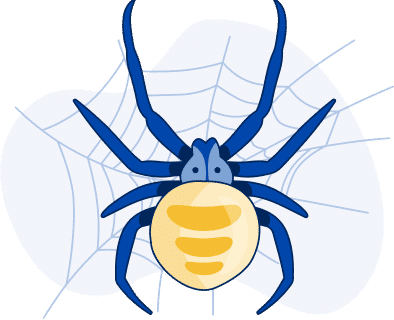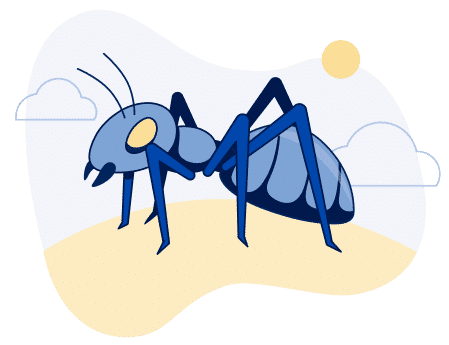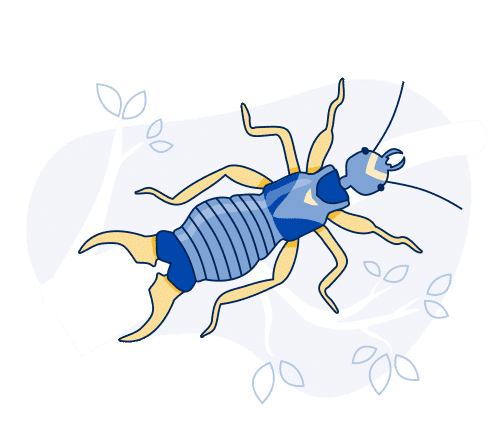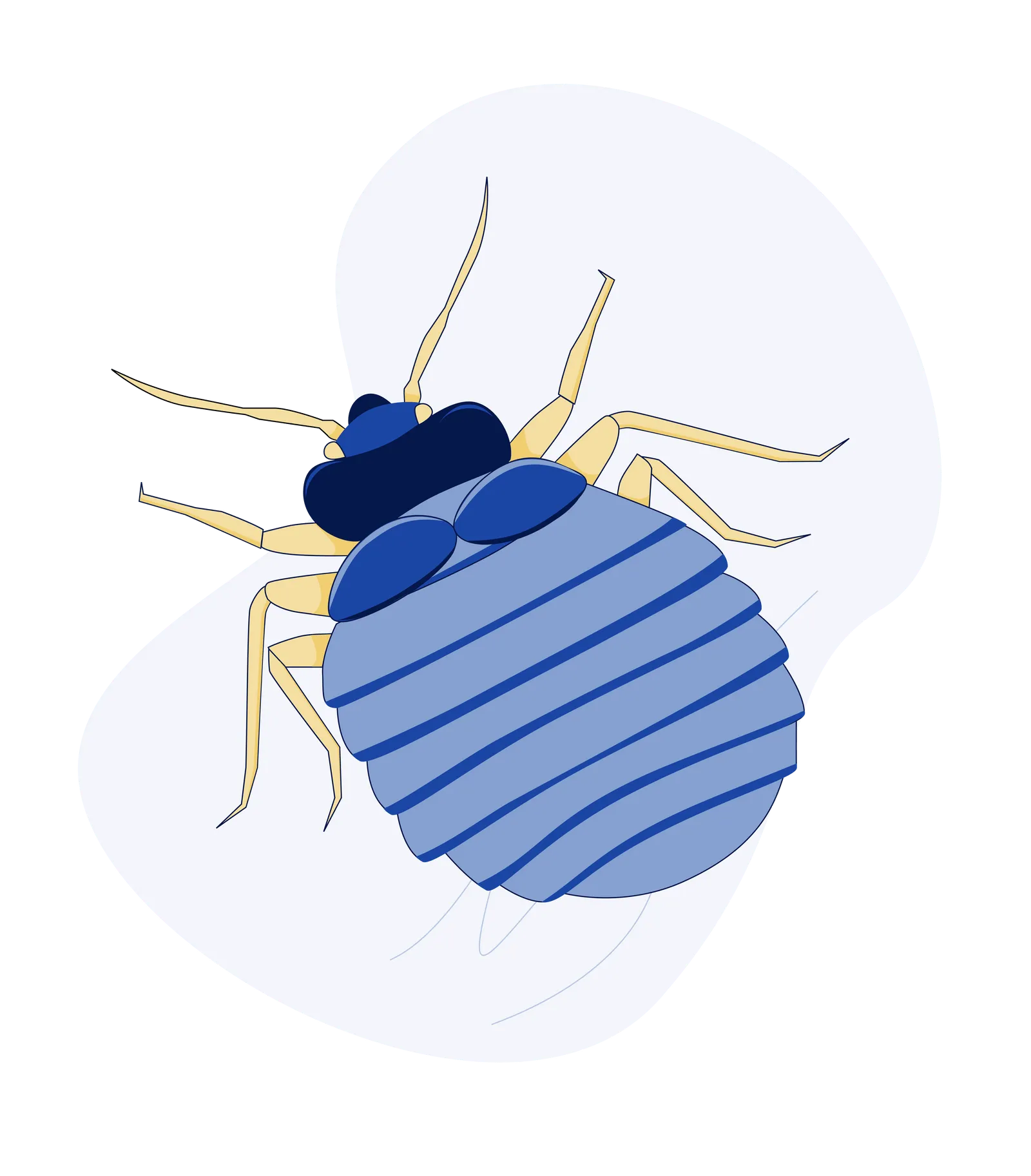Earwigs
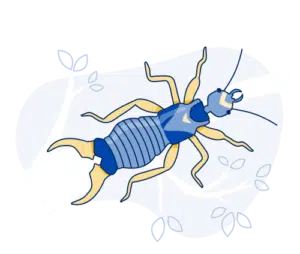
Earwigs are known for being unique insects because of their appearance and the long-standing story associated with these pests. Earwigs have a flattened oval-shaped body that is reddish-brown. They have six legs, antennae, and a pincer-like appendage that extends off their abdomen (cerci). The pincers are their most identifying physical feature and what makes people wary of these pests. The tale associated with earwigs is that they crawl into our ears and create holes in our brain to lay eggs. Luckily, this is an entirely made-up tall tale. While annoying to deal with, earwigs are not dangerous to people; even their pincers are not strong enough to cause us any physical harm. Earwigs are nuisance pests that often use our homes as a place of shelter.
Earwigs are nocturnal scavengers that emerge from their daytime hiding spots in the evening to feed on things like leaves, garden plants, insects, mold, and fungi. They have the potential to become a problem in any of our Serve yards that provide them with food and moisture. Flowerbeds, gardens, mulch, leaf piles, woodpiles, and leaky fixtures will attract these pests to your property. If the weather becomes too hot and dry, they will migrate to areas of moisture, often moving into our basements and crawlspaces through cracks in the foundation or exterior walls. As they move throughout a home, they often wind up in or under storage boxes, stacks of paper, and within the creases of folded linens or towels.
If earwigs ever become a problem on your property, the professionals at Serve can help. We will put in place a pest control program that will provide year-round relief. In addition, the following prevention tips can help you protect your yard and home from earwigs:
How to get rid guide?
Make sure your yard has good drainage, don’t overwater flowerbeds, and repair leaky fixtures.
Remove fallen trees, woodpiles, landscaping ties, and leaf piles from your yard.
Store trash cans and recycling bins up off the ground and away from the outside walls of your home.
Repair cracks and other openings that develop in your foundation and exterior walls.

